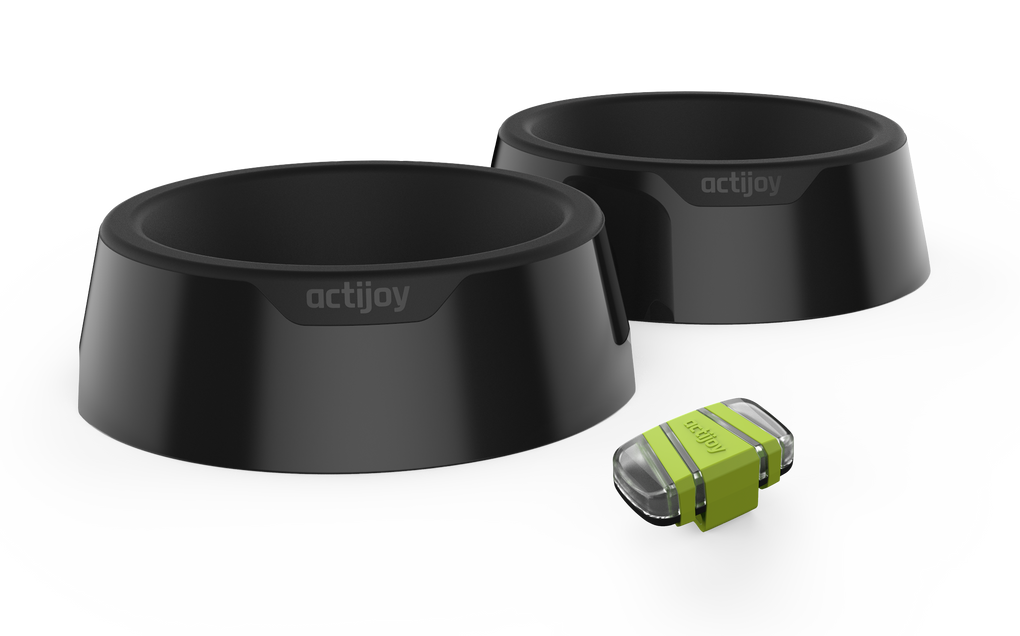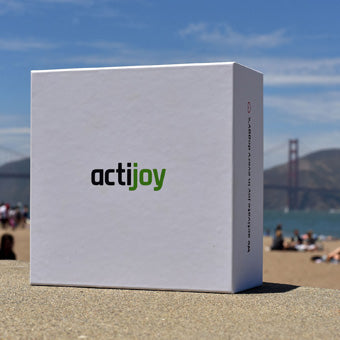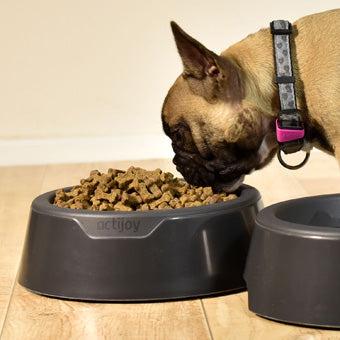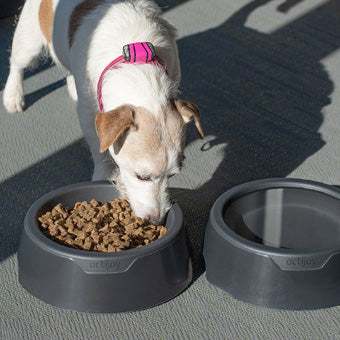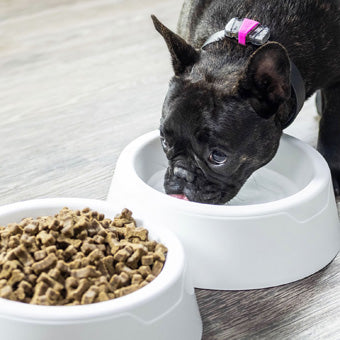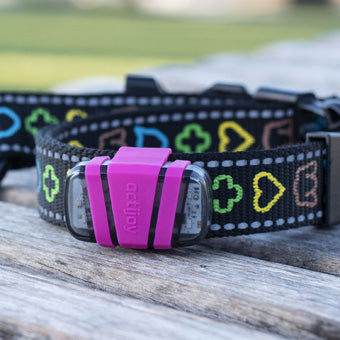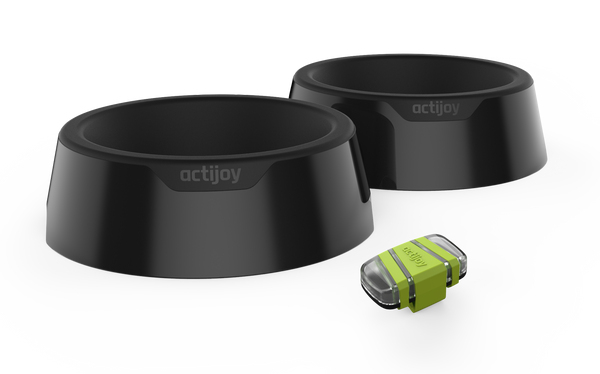Diabetic Emergencies in Dogs: What to Do
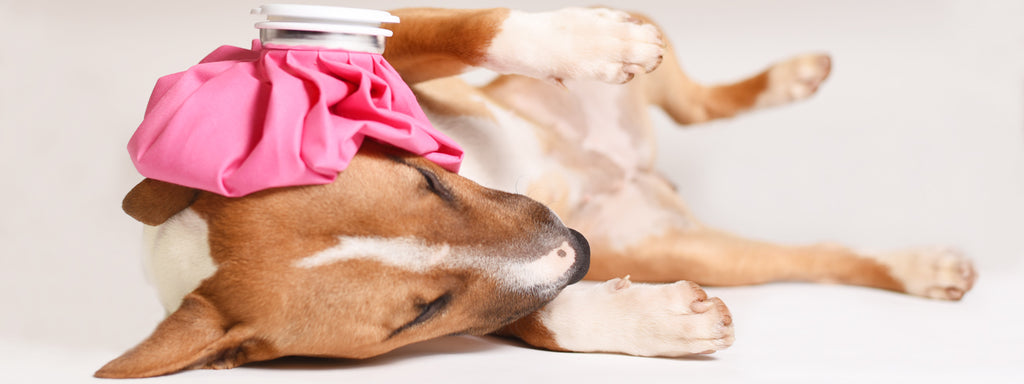
Hypoglycemia
Hypoglycemia occurs when a dog's blood sugar drops to a dangerously low level. For dogs with diabetes, hypoglycemia is dangerous and can result in loss of consciousness or death. Know the signs of low blood sugar in dogs; if caught early, the prognosis for a hypoglycemic dog is good.
The Signs of Hypoglycemia in Dogs Include:
-
Lethargy
-
Depression
-
Muscle twitches
-
Loss of appetite
-
Loss of coordination
-
Trembling
-
Glassy eyes
-
Unusual behavior
-
Loss of vision
-
Restlessness
-
Seizures
-
Unconsciousness
What Causes a Dog's Blood Sugar to Drop?
The most common cause of hypoglycemia in diabetic dogs is an accidental overdose of the animal's insulin. In other words, hypoglycemia is the result and sigh of too much insulin in the body and happens if you give a diabetic dog too much insulin. Excess insulin in the bloodstream causes that the glucose level drops rapidly.
Additionally, low blood sugar may occur due to poor appetite, a missed meal, or if the dog vomited after his or her meal. Occasionally, a dog's insulin dosage needs to be changed throughout their life, which is typical for dogs whose exercise routine drastically changes.
Prevention
To avoid hypoglycemia in diabetic dogs, a daily log should be maintained that records when insulin was administered and the time/amount of food given. The key is prevention by ensuring proper nutrition on a routine schedule. A great option is to download a dog care app to track your pet's records easily. Thanks to the free Actijoy Healthbook app, you can easily share all the records with your vet through the URL link.
How to Treat Low Blood Sugar and Hypoglycemia in Dogs at Home?
If your dog is showing signs of hypoglycemia, you must raise your dog's blood sugar immediately. Otherwise, hypoglycemia will be fatal. If your pet is conscious, feed them a meal. In case your pet is not fully alert, give your dog honey or corn syrup until full alertness is regained and a meal can be safely consumed. If your dog is unconscious, rub a tablespoon of honey or corn syrup on your dog's gums. Once your pet regains consciousness, feed them a meal, and seek medical attention as soon as possible. Do not give your dog another dose of insulin until you have spoken with a veterinarian. A hypoglycemic dog is always an emergency.Diabetic Ketoacidosis
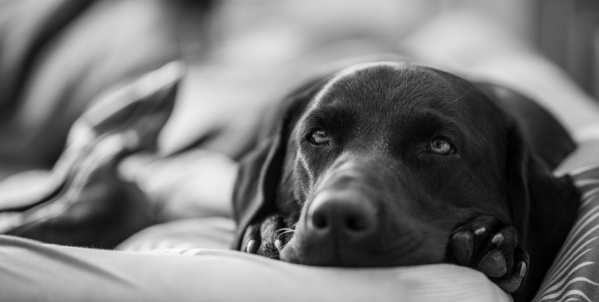
What is diabetic ketoacidosis in dogs? Diabetic ketoacidosis is the opposite of hypoglycemia and occurs when there is not enough insulin in the body, resulting in too high of blood sugar. This disorder most frequently happens when dogs undergo a stressful event or infection, and the resulting stress hormones interfere with insulin activity. DKA is also very often seen in dogs with unmanaged diabetes.
The Symptoms of Diabetic Ketoacidosis Include:
-
Excessive thirst
-
Lethargy
-
Weakness
-
Increased urination
-
Panting
-
Vomiting
-
Loss of appetite
-
Weight loss
-
Dehydration
How is DKA Treated in Dogs?
If you suspect your dog is suffering from diabetic ketoacidosis, you should seek medical attention as soon as possible. DKA can develop very quickly, and if left untreated, it is a deadly condition. Your dog will require hospitalization and intravenous fluids. Short-acting insulin will be administered, as well as potassium. Be prepared that your dog might stay in the hospital for several days.
Prevention of Diabetic Complications in Dogs
At-home testing is crucial in the prevention of diabetic complications in dogs. The key to preventing diabetic ketoacidosis and hypoglycemia is to ensure proper insulin dosing and regularly monitor blood glucose levels. Check your dog's glucose level frequently and determine with your veterinarian, which foods and insulin amounts help the glucose level stay at the optimal level. Be strict with portion sizes, and don't forget to count the treats in the daily food goal. Also, keep the balance between food intake and overall activity and stick to a healthy lifestyle behavior. With proper care, diabetic pups can live happy and long lives. The Actijoy solution makes day-to-day caring for diabetic dogs pets easier. Monitor your diabetic dog's activity, food & water intake automatically and share it with your veterinarian through the URL link in case of emergency.
For more information on managing canine diabetes, see our other articles on this topic, which can be found here.

